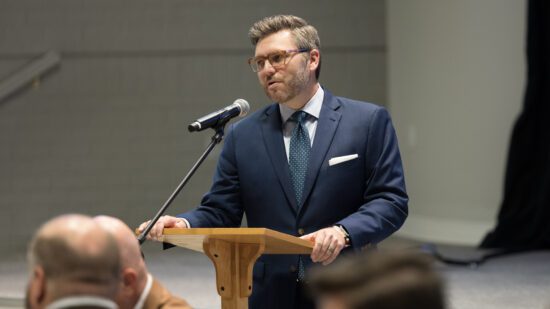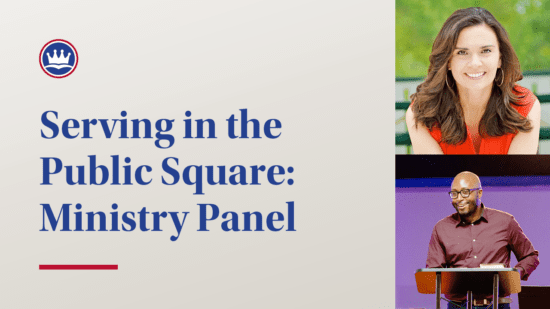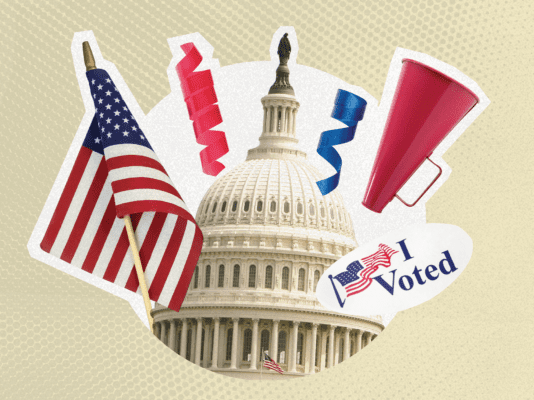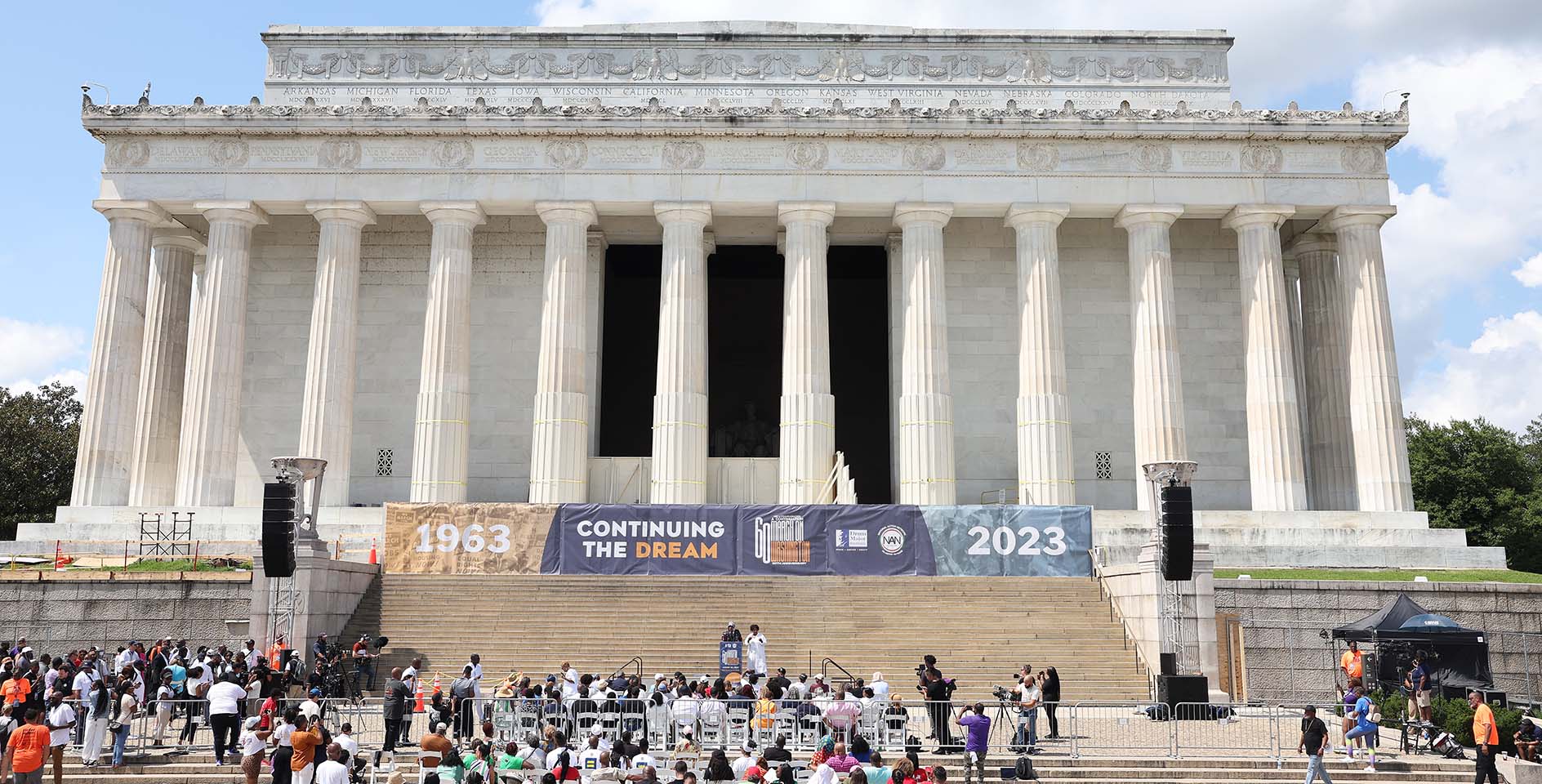It is no secret that contemporary American society continues to be embroiled in conversations about race and interracial tensions. America has a blemished history as it pertains to historical racial injustices and that history’s reverberations continue to resound today.
However, as I look at the complicated issues here in the United States as they relate to prejudice and the tendency to segregate, I find myself seeing these current issues through the lens of our experience having lived abroad in the Middle East. And the tensions we encountered there led me to a deeper sense of why it is so important for the church to lead the way in exhibiting a reconciliation between people who share in the same blood of Christ despite bearing different tones of skin.
On the mission field
One of the problems we faced in our ministry in the Middle East was how best to help believers from a Muslim background enter into fellowship with those from a Christian background. As I sought outside counsel, I was told by a well-respected missionary strategist, “You should just start two different kinds of churches—one for Muslim background believers and one for Christian background believers. It will slow things down too much if these new believers have to work through all the historical and cultural baggage that comes from bringing former persecutors into the community they persecuted.”
To be honest, I was stunned by the answer. I asked him later in the day if I had heard him correctly when he said we should not encourage believers from a Muslim background to fellowship with those believers who grew up culturally as Christians. He confirmed that I had heard him correctly: start two different kinds of churches because there is too much baggage to hope for unity.
This was a man who had overseen some reportedly incredible movements of people to Christ in another context. He had been brought into our training as an expert missiologist. But his advice to avoid dealing with conflict within the fellowship of believers was grossly dissatisfying—both theologically and practically.
The more I reflected on it, the more frustrated I got. The pragmatism reflected in this advice was being allowed to trump the beauty of the enemy-reconciling effect of the gospel. I mean, think about it: What would have been the result for the early church if in Acts 9 Ananias had refused to receive Saul because of the sociological tension that it would cause to fellowship with a former persecutor?
Back at home
These sentiments, however, aren’t exclusive to the mission field. I also had a disappointing experience in a classroom in the U.S. once when a Christian professor dismissed the discussion about multiethnic churches altogether. His comment was that this is just a fad that is responding to contemporary sensitivities and that churches would do better to stay culturally homogeneous.
Is it true that bringing together different communities might require each community to begin to appreciate expressions and forms of worship that are not native to their subculture? Certainly. But is the potential for discomfort sufficient reason to not pursue fellowship with brothers and sisters who share a common faith and theology? Hardly.
What is lost if segregation of churches remains a practice of convenience? We lose multiple opportunities to learn from one another as we seek to live out a shared faith in different circumstances. And we lose multiple opportunities to display to a watching world how compelling the fellowship of the gospel is.
Beautiful unity as an embodied apologetic
A few years after the disappointing advice from the missiologist, however, I got a taste of what could happen if we didn’t allow socially-defined distinctions to determine the composition of our fellowship.
I had been given the privilege of getting to teach a church planting course in an underground Bible school. The 20-or-so students who composed the class came from various Christian upbringings, and some had come to faith in Jesus out of Muslim families. Some of those of a Muslim background were even connected to high-ranking government and military officials who would have been responsible for overseeing various waves of targeted persecution of Christians throughout their country.
Standing in front of the classroom and observing small groups of those diverse students huddled together and strategizing about how they might link arms and plant churches together was one of the most stunning displays of the unifying power of the gospel I have ever seen. Those who were formerly aligned with persecutors were collaborating with those whose families had encountered persecution. And the only thing that brought them together was a common gospel-given identity and goal.
The pain and history they shared was not erased or forgotten. But the gospel was sufficient to call both parties to walk through the painful history toward repentance and forgiveness and to continue working together toward a shared vision of the future on the basis of a present understanding of the gospel they held in common.
As those communities began to work toward planting churches, their friendship, fellowship, and partnership displayed the healing power of the gospel. It was not unlikely that there would be conflict and tension along the way. Still, that they were drawn together by a common task and vision testifies to the reconciling power of a shared gospel identity. This unity is encouraging to those sharing in the fellowship, and it is compelling to those observing from the outside.
Applied theology
So how does all of this discussion relate to contemporary American churches and their approach to addressing ethnic tensions? From the outset, I hope it gives us a confidence in three things:
- We are all sin-stained and in need of reconciliation to God and then to one another as God’s people.
- The community of believers draws confidence in the work of reconciliation to one another that comes from a shared reconciliation to God.
- The secular world is attempting to manufacture human unity without a compelling reason to believe it is possible.
Yet as they observe the Church manifesting and enjoying a unity amidst diversity, they have to stop and marvel. It will take intentional work, but the result will be an embodied apologetic that supports the gospel claim to make one new humanity in Christ. The work and effort that it will take is worth it—both due to its theological foundation and its missiological impact.
Adapted excerpt with permission from Hope for American Evangelicals by Matthew Bennett. Copyright 2023, B&H Publishing.










